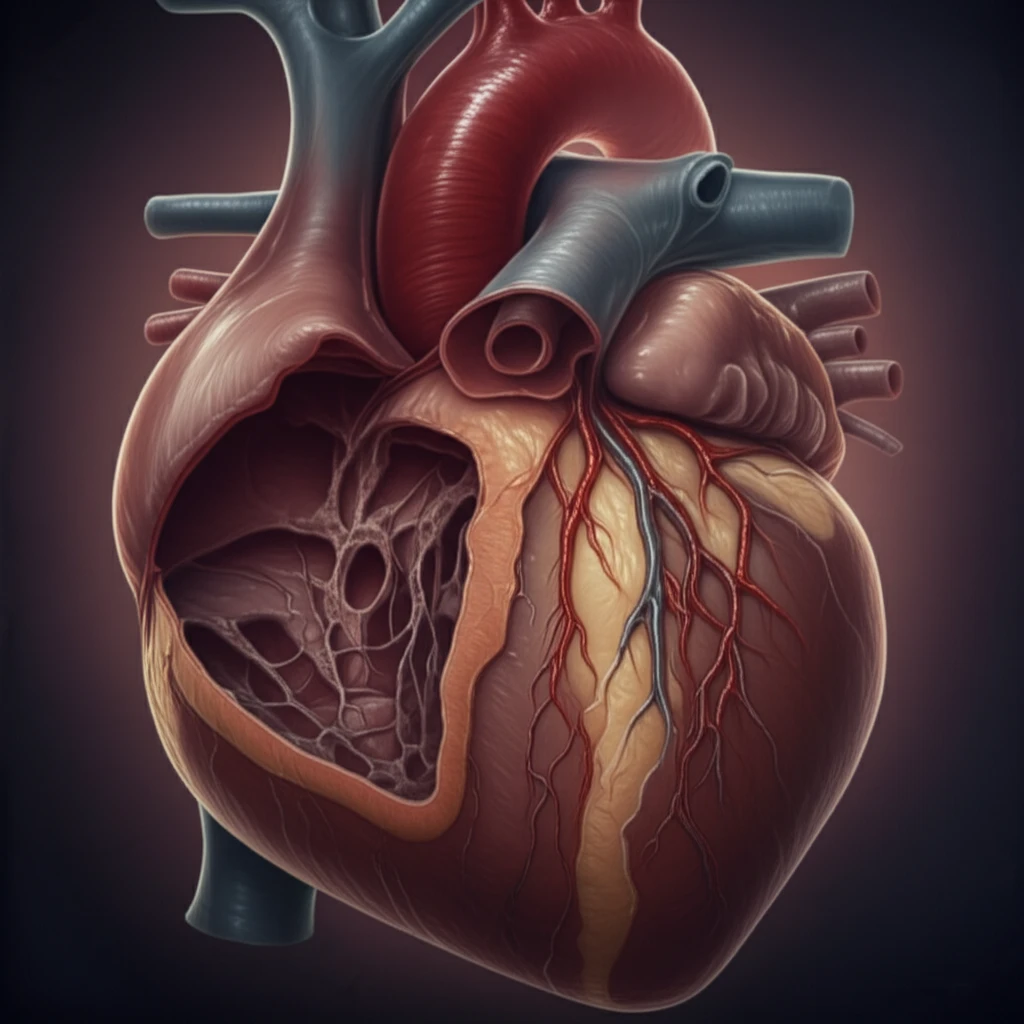
Silent Strokes: Is Your Heart's Shape Putting You at Risk?
"New research uncovers how the structure of a small pouch in the heart may be a hidden culprit in unexplained strokes, urging a closer look at heart health."
Ischemic strokes are a major health concern, but what happens when the cause of a stroke remains a mystery? Cryptogenic strokes, defined as strokes with no identifiable cause, account for a significant percentage of all ischemic strokes. While atrial fibrillation (AF) is often suspected, it doesn't explain all cases. This leaves doctors and patients searching for answers.
New research is shedding light on a surprising factor that may contribute to these unexplained strokes: the shape of the left atrial appendage (LAA), a small pouch in the heart. The LAA's structure may influence the occurrence of thromboembolic events.
A recent study explored the role of LAA morphology in stroke patients, categorizing LAA shapes as either simple (chicken-wing) or complex (non-chicken-wing). The findings suggest a link between complex LAA shapes and cryptogenic strokes, offering new insights into stroke risk.
Decoding the Heart's Hidden Chambers: What's LAA Morphology?

The left atrial appendage (LAA) is a small, ear-shaped pouch that extends from the left atrium of the heart. While seemingly insignificant, the LAA plays a crucial role in heart function. It is also a common site for blood clot formation, especially in individuals with atrial fibrillation. Clots that form in the LAA can break loose and travel to the brain, causing a stroke.
- Chicken Wing: Characterized by a single lobe with a distinct bend, resembling a chicken wing.
- Cactus: Features multiple lobes extending in different directions, resembling a cactus.
- Windsock: A long, slender shape similar to a windsock.
- Cauliflower: A more complex, multi-lobed shape resembling a cauliflower.
Looking Ahead: What Does This Mean for Stroke Prevention?
This study suggests that LAA morphology could be an independent risk factor for cryptogenic strokes, opening new avenues for stroke prevention. While more research is needed, these findings highlight the importance of assessing LAA morphology in individuals at risk of stroke. This information could help doctors tailor treatment plans and identify those who might benefit from more aggressive stroke prevention strategies, such as anticoagulation or LAA closure devices.
